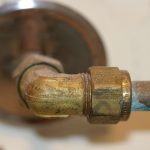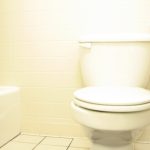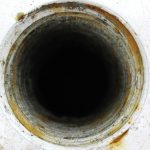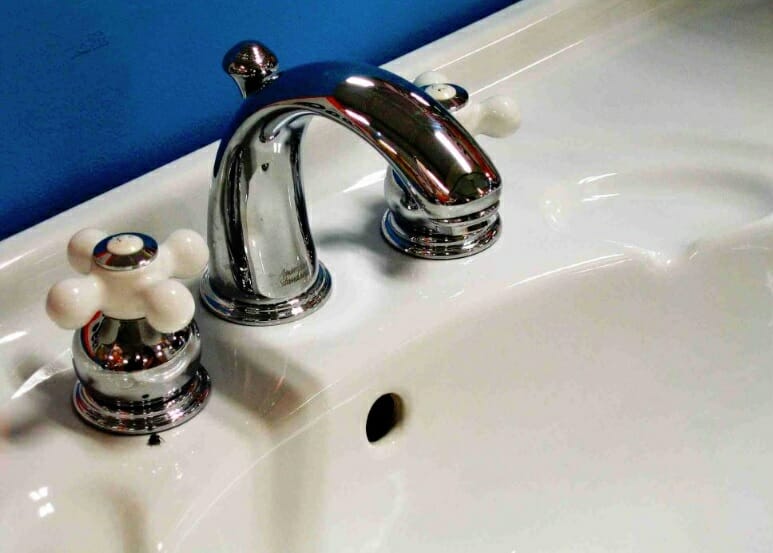During the cooler months, pipes and hoses in and around our homes can degrade, this will allow cracks to form and they may even develop a leak. The drains can become clogged, and this can lead to flooding and water damage that’s expensive to fix. As the old adage goes “prevention is better than the cure” and it makes sense to develop a preventative mindset for your plumbing system. Annual maintenance by a certified local plumber is a great way to ensure that your plumbing system is in the best possible shape. But, there are some plumbing maintenance tasks that anyone can carry out without formal plumbing training. Here are four top plumbing tips that you can follow to keep your system running and save money at the same time.
- Check the Faucets
The faucets in your kitchen and bathroom should be checked for any drips or leaks. Even a tiny drip or leak can cause a great deal of hidden water damage over a prolonged period of time. This will also encourage the growth of mold and mildew which will affect the air quality in your home. If you discover a leaking faucet get it fixed as soon as you can to save water and prevent further water damage.
- Check the Water Closet
A leak can form in your toilet or water closet, and this can be easily confirmed without plumbing experience. Simply add a couple of drops of food coloring to the toilet tank water, then wait for 30 minutes and check the toilet bowl. If the water in the toilet bowl has been colored you know that your toilet has a leak that needs to be fixed. This is also a great way to check that the flush is working correctly; if you need to hold the handle down or adjust to get a steady flow of water, some parts will need replacing. A leaking toilet is an annoyance, but it also wastes a lot of water, and this will be reflected in your bills.
- Protect Against Clogs
Materials, such as hair, dirt, soap, food debris and soap scum that find their way into your drain pipes can easily form clogs. Over time the clog will grow as more material sticks to it and eventually the drain line will become blocked. This can be avoided by installing a drain strainer in every sink in your home and regularly cleaning them. Some minor clogs can be removed with a household plunger and a little elbow grease, but others can be harder to shift without the help of a professional plumber.
- Check Water Supply Valves
Most of the time, the water supply valves located under our sinks and in our water closets are not touched at all. Years may go by without these valve being moved, and this can lead to them failing. Accumulated deposits of hardened caulk, mineral deposits from hard water and corrosion can cause these valves to fail. It’s a great idea to visit each one annually and open and close it a few times to dislodge any material that’s lodged inside the valve. If you cannot turn a valve at all, contact your
local certified plumber to fix it for you.
By Giovanni Longo President Flood Brothers Plumbing
Giovanni Longo is a 3rd generation master plumber who has been practicing his craft and trade in the greater Los Angeles area for well over a decade and a half. A plumbing and hydraulics-engineering innovator, Giovanni’s particular world-class expertise focuses on dealing with challenging sewer system designs as well as resolving complex commercial and residential draining issues. As a certified Flood Mitigation expert, he is also well versed in a wide variety of water damage and remediation solution.





